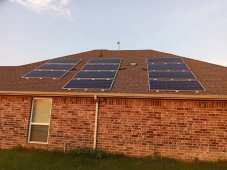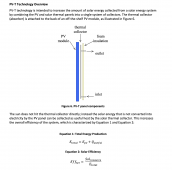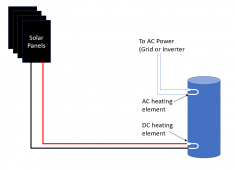Daddy Tanuki
Solar Wizard
newer types with soft start do not suffer from this issue. when I say AC i really should have said compressor based refrigeration systems. I just short handed it to AC as it is easyier than explaining what I actually doThank you for your feedback. I am grateful to have your perspective.
I wonder if short cycling is less of an issue with newer inverter based AC units.. Due to gradually ramping up and down? Anyways, cheers!
Wanted to make DIY thermostat after a “smart” thermostat forgot how to use wifi.. then remembered that it’s necessary to have hard delays for the machine to settle and whatnot… moved onto a safer project ?
I repair a multitude of machines that use compressors to cool down products. think drink bars, slushy machines, ice cream machines etc. etc. non of these use soft start tech (at least not yet) so you often see a compressor where it stops and if power is sagging it does not have the oomph to turn over...so it sits there and burns up the compressor motor.
I would hope at what heat pumps cost that they would already have a soft start circuit and a pressure relief of some sort to let the compressor come up to speed easier. though I am cognizant of them honestly I have not looked at them in detail as I don't have one and they are not something that comes across my bench.







